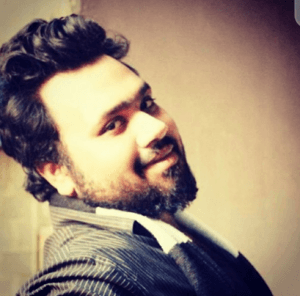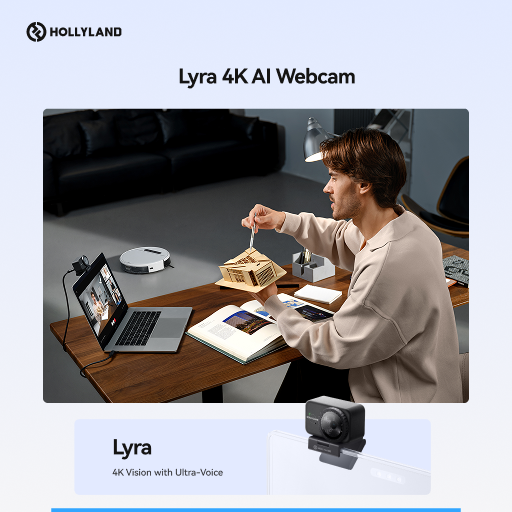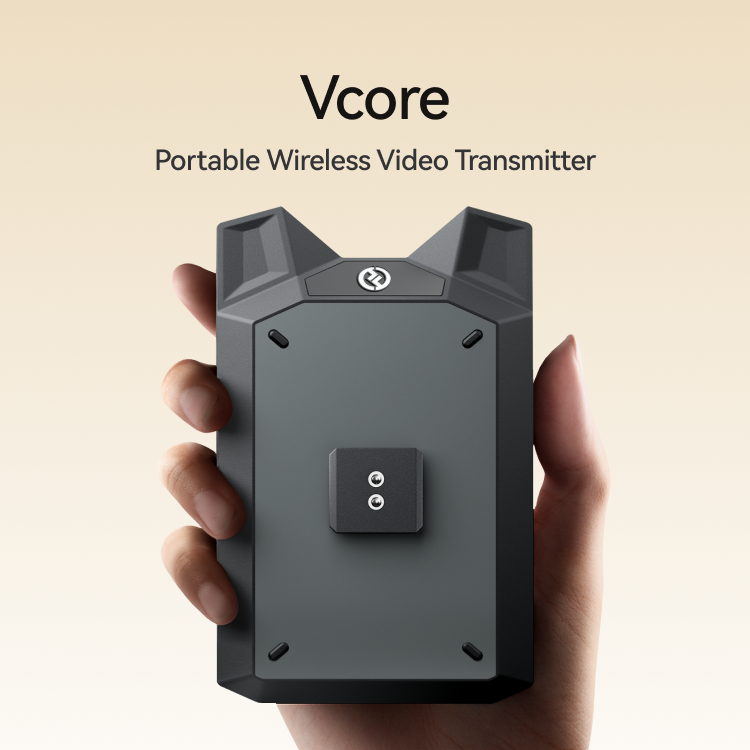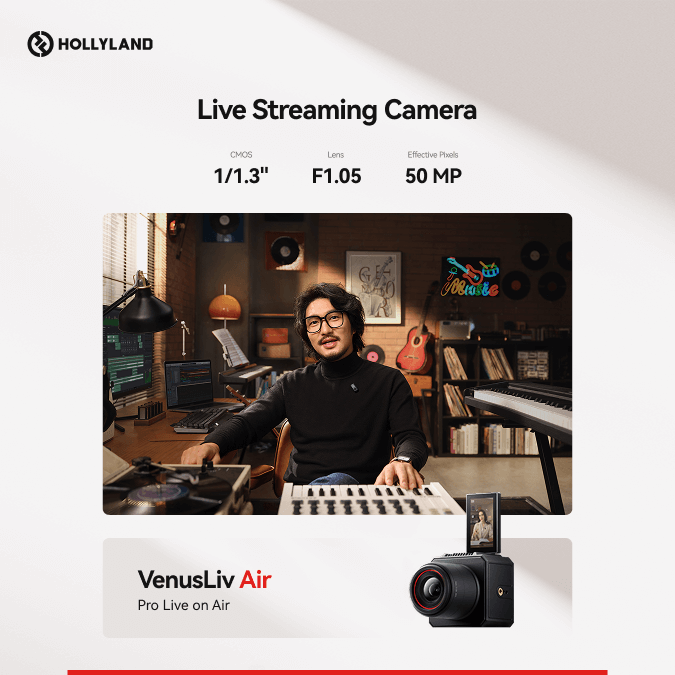If you’re trying to figure out how to film a documentary, you don’t need to overthink it. You are not putting together some massive Hollywood-level production. It just starts with a story that stays in your head, something tangible that you want to follow and learn more about. You might be standing there with only a camera and a notebook, and that’s fine. The only thing that matters here is your commitment to dig deeper, learn documentary filming, ask the right questions, talk to the people involved, and stay present as the story plays out. That is where the whole thing begins.
1. Choose a Story That’s Actually Worth Documenting
Before you turn the camera on or sit someone down for an interview, take time to understand what your story is. Is there something here that can move forward or shift as you keep filming? If it’s about a person, are they facing something right now that could change their situation? If it’s about a place, is something happening there that matters now, not years ago, or not months from now?
For example, if you’re thinking about following a small-town mayor, you need to be sure there’s a valid reason for doing so. Maybe there’s tension around a local policy or a decision that’s dividing people. If there’s no movement in the story, you won’t find anything worth showing.
There is absolutely no need to chase chaos. You want change, reactions, and moments that tell you the story is still unfolding because the best ones don’t need fireworks. They just need motion. If you, as a friend, would stay interested in hearing this from start to finish, then that’s your signal. That’s the one to go with.
2. Do the Documentary Treatment
It’s easy to want to jump right into filming as soon as the idea hits you. You’ve got a story, you’re excited, and you just want to get the camera rolling. But if you don’t take time to shape the idea first, you’ll probably end up with a bunch of footage that needs reshooting or holding together in the edit.

Title and Logline
You want to start with a title and a logline. A short title, not more than 3-5 words, is recommended, and it should be clear enough to hint at the documentary. The logline is one or two lines that explain the main idea. Not a full pitch, just enough to show where the story is going.
Short Synopsis
After that, write a short synopsis. This is where you introduce the main character or subject and give a quick summary of the documentary. You don’t need to dig deep or include every detail. Just outline every detail a bit and why it matters.
Filmmaking Approach
Then there’s your filmmaking approach. In this section, explain to yourself how you plan to shoot the film. You might want a natural and observational style, or you might have a structured visual plan in mind. Either way, this is where you describe how you’re going to frame the story.
Choose a Budget
Next is the budget. This part gives potential investors a chance to understand the total cost of the documentary.
If you already know the rough figures, include them here, along with the main items you plan to spend on, like gear, travel, crew, or editing.
Select Your Team
You’ll also have to mention your team. Even if it’s just you and a couple of others, list everyone already on board, their roles, and how much more support you might need.

Distribution Choices
And finally, there’s distribution. Where do you want the film to be seen? It might be film festivals, a streaming platform, or a public screening. Whatever your aim is, use this section to explain where you want the project to land when it’s finished.
3. Choose a Documentary Style
You don’t have to lock yourself into just one storytelling format, but knowing the main styles will help you figure out how you want your story to come across. These are the four core narration styles you can choose from:
Interview-led means your story is told through the people involved. These are the voices that matter most. If the topic is sensitive or personal, this can keep the story grounded and direct.

Presenter-led is where someone speaks to the camera and takes the viewer through the story. You’ve probably seen this in travel documentaries or anything where someone’s guiding the journey.

Observational-led documentaries skip the voiceovers and interviews. You’re just recording what’s happening as it happens, which is often with added background music. Nothing is explained, but everything unfolds naturally on camera.

Narrator-led adds a voice behind the scenes that walks the viewer through the story. It fills in the gaps and helps connect the dots when things aren’t obvious on their own.

Most of the time, you’ll use a mix. So, if you feel like combining styles to fit your story better, you absolutely can.
4. Write a Script
Once you’ve sorted your footage or know the kind of documentary you’re filming, the script comes next. There are two main formats to work with. The first is an A/V script, where you align your visuals with the audio side-by-side. The second is called a paper edit. That’s where you take your transcripts, structure them by scene or speaker, and shape your script directly from the footage you’ve already captured.

The timing of when you write it depends on the style. For observation-led or interview-based projects, the script usually comes afterward. You sit down, review the footage, and trace the story that unfolded naturally. For narrator-led or presenter-led documentaries, the script often starts ahead of filming, so every scene runs with a clear focus.
However you write it, the script ties the story together with clarity and rhythm. Treat it like a blueprint — grounded, well-paced, and shaped around real material from start to finish.
5. Choose Equipment to Film Your Documentary
You don’t need a full studio setup to film a documentary, but you should still be thoughtful about the equipment you want to use. The camera you already have might be fine, but if you’re aiming for clean motion and high-quality detail, try to invest in one that can shoot at high FPS and gives you access to settings like ISO, shutter speed, and manual focus.

Audio is just as important. You can’t rely on your camera’s built-in mic as it won’t give you the clarity you’re going to need. You’re better off using a shotgun mic, a Rode mic, or even a lapel mic.

You also need to make sure the mic is close to your subject. That’s the best way to keep the sound clear and steady.
While you’re recording, always check the levels. Your audio should stay under 0 dB to avoid distortion. The best spot usually sits right around -10 dB for smooth, usable sound.
6. Use the Three-Act Structure
Now that you’ve chosen which documentary style fits your needs and got the equipment, the next step is applying the three-act structure — a simple approach that breaks your film into three clear parts.
Act One sets things in motion. You introduce your main characters, lay out the setting, and explain the situation that’s starting to shift. This part builds the foundation and gives the audience a reason to follow along.
Act Two digs deeper into the story. You might follow new threads, meet more people, or show how different parts of the story start connecting. Each new layer adds something meaningful.
Act Three brings everything full circle. You close out the story, show the outcome, and leave the audience with a clear sense of how far things have come.
7. The Importance of B-Roll
When you film a documentary, try to capture all of it, which is called a B-roll.

B-roll refers to footage that supports the main scenes and matches the story. Filmmakers often shoot the key parts first and then gather the B-roll later. Since these shots don’t need dialogue or lead actors, a smaller team can handle them. This will help you in the final editing process, so you don’t have to reshoot what you might have missed all over again.
8. Learn the 5-Shot Rule
When you’re filming a scene and only have one camera to work with, there’s a 5-shot rule taught by Michael Rosenblum, who used it to train BBC video journalist students. The idea is simple. Instead of filming everything from one angle, you can shoot five specific types of shots, which is great when you piece these angles together in editing.
One of those is a close-up of your subject’s hands, whether that’s typing, fixing something, or holding an object. That shot shows exactly what’s happening and gets the viewer into the scene right away.

Another shot is a close-up of their face. You capture the reaction or the focus, depending on their facial movement. You’re now tying that action to a real person.

Then you’ll want a wide shot that shows where the whole thing is taking place. You’re giving the scene its space so nothing looks out of place.

Another shot that fits right into the mix is an over-the-shoulder angle. This draws you into the moment, like you’re standing just behind your subject.

And finally, there’s one that leaves room for creativity. You can aim from up high, drop down low, or tilt the frame for something different. That unusual shot can shift the tone of the scene in a very positive way.
9. Edit Your Documentary
Once you’ve shot all your documentary footage, it’s time to start editing. You can use Adobe Premiere Pro, DaVinci Resolve, or any other editor that is easy for you to learn and use. While doing so, use the three-act structure so that every frame and the beat, along with your script, go into their own place, which will result in a compelling story.

With editing, you can enhance the overall quality of your video documentary, add background sound, create sound effects, cut and trim the useless parts, and fade in or out audio elements.
Conclusion
In this guide, you’ve explored all about documentary filmmaking in 9 steps. The only thing left for you to do is to market and share your documentary film. For this purpose, there are many video streaming services like Netflix, Amazon Prime, Vimeo, YouTube, and many others where you can share your content with the audience and earn revenue as well.
FAQs
How much money do documentary filmmakers make?
Documentary filmmakers can earn anywhere between $41,500 and over $150,000 per year. Most fall around the $78,000 range, but income depends heavily on experience, funding, and where the documentary gets released or distributed.
Is documentary filmmaking a good career?
If you’re just telling real stories through film, documentary filmmaking can be a great career for you. It offers you creative freedom, but with income as well, though its stability can vary, so it’s probably best for those who want to stay consistent, build a portfolio, and then excel from there.
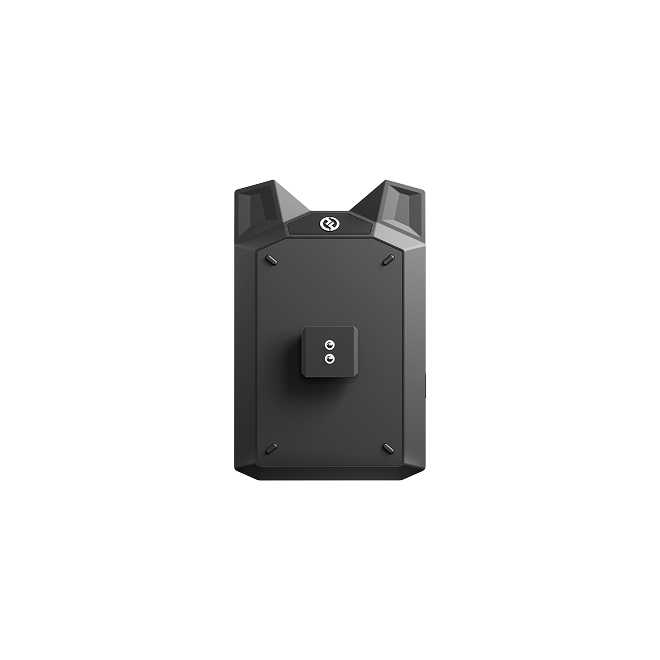

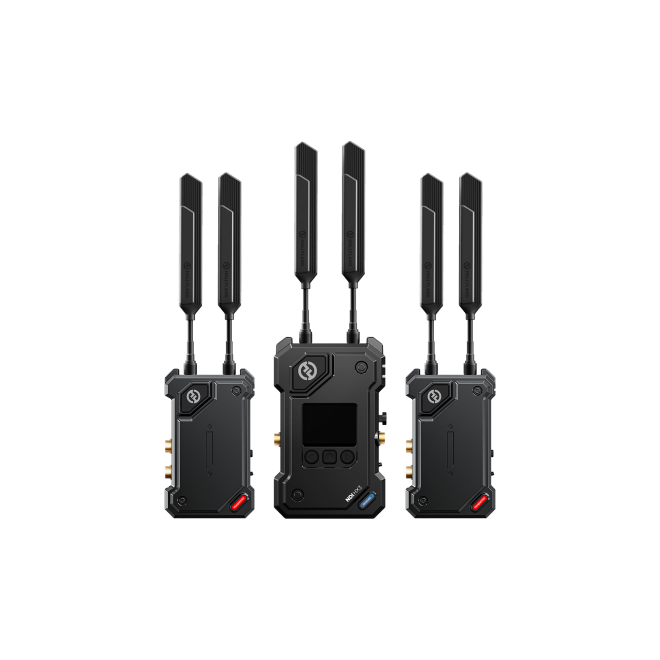
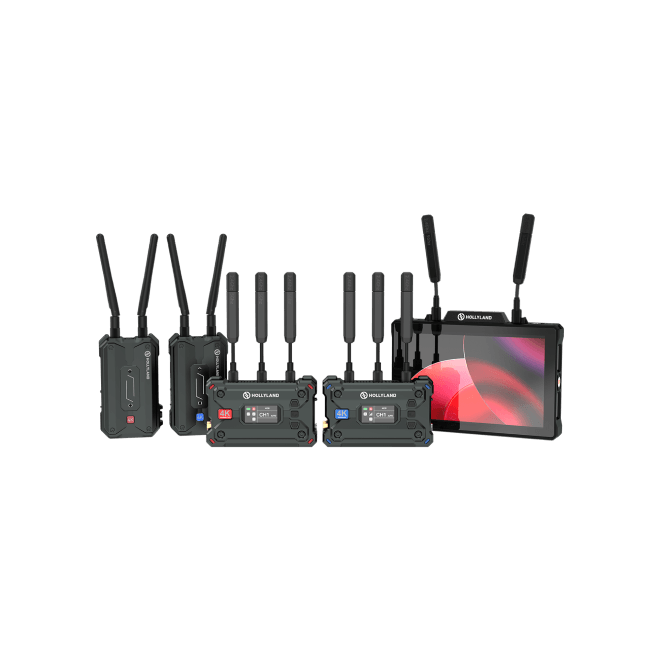
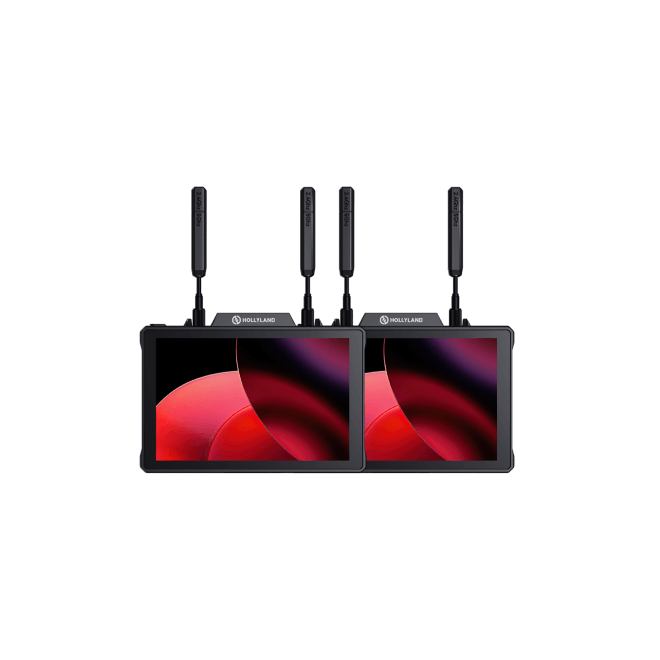
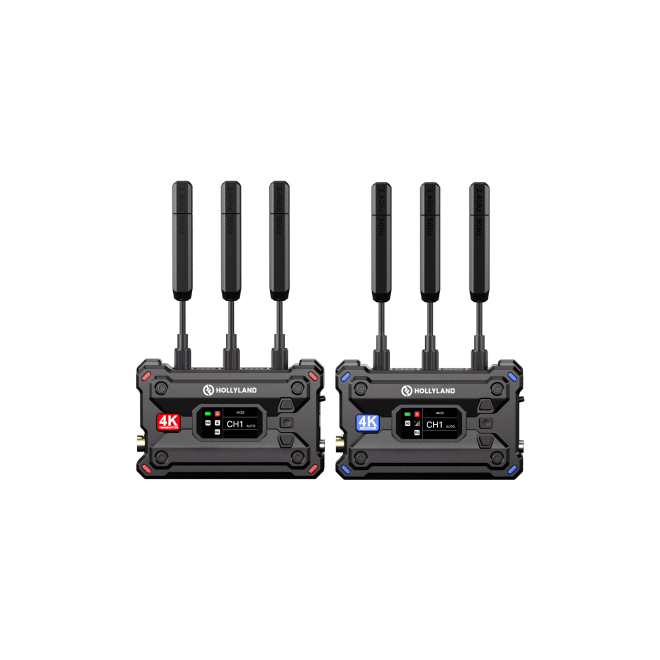
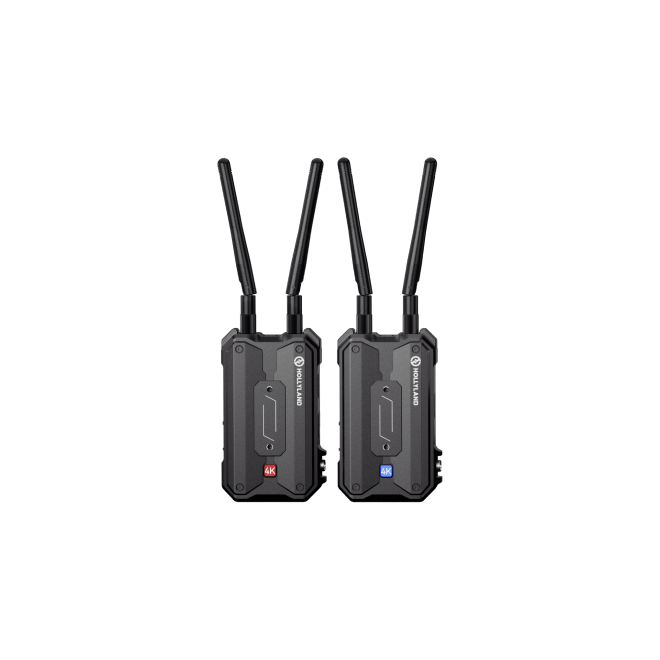
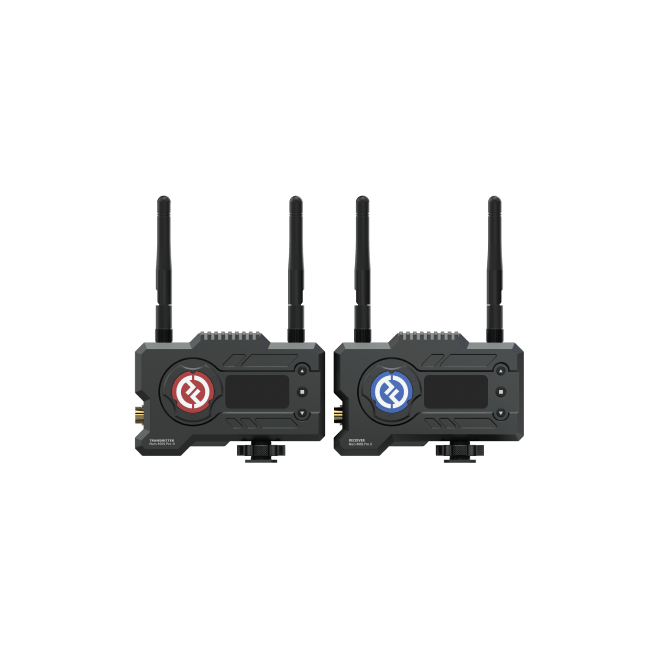
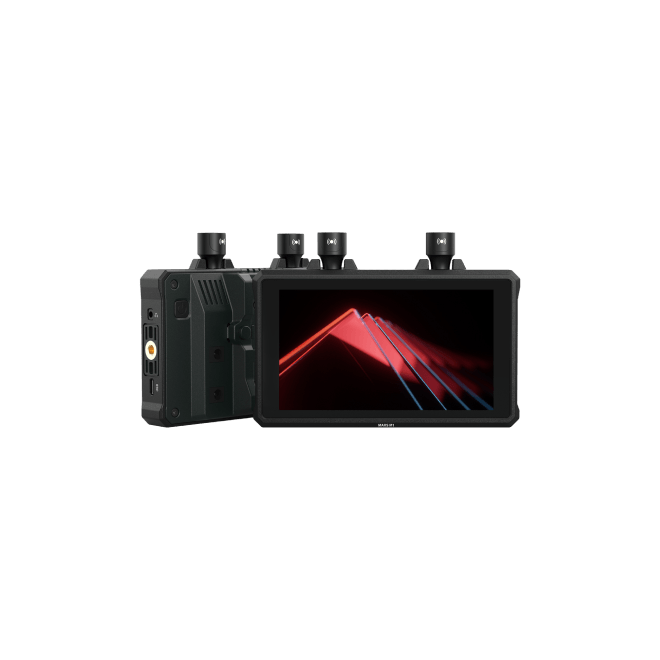
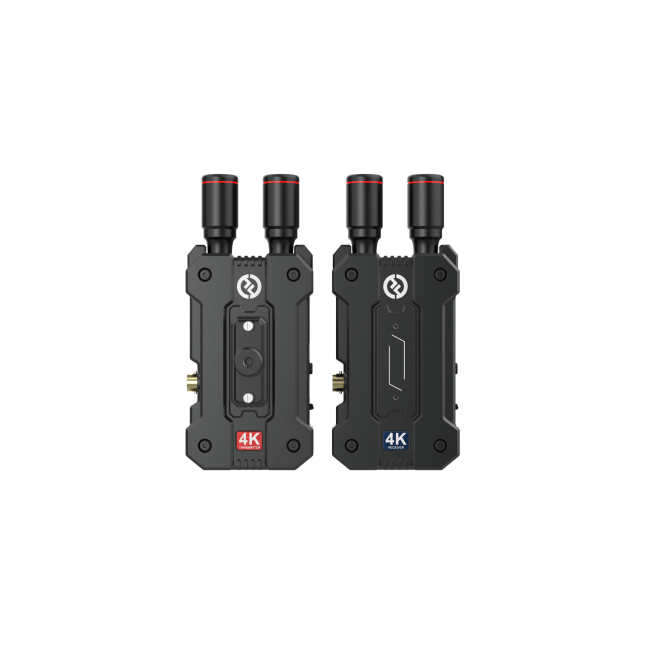
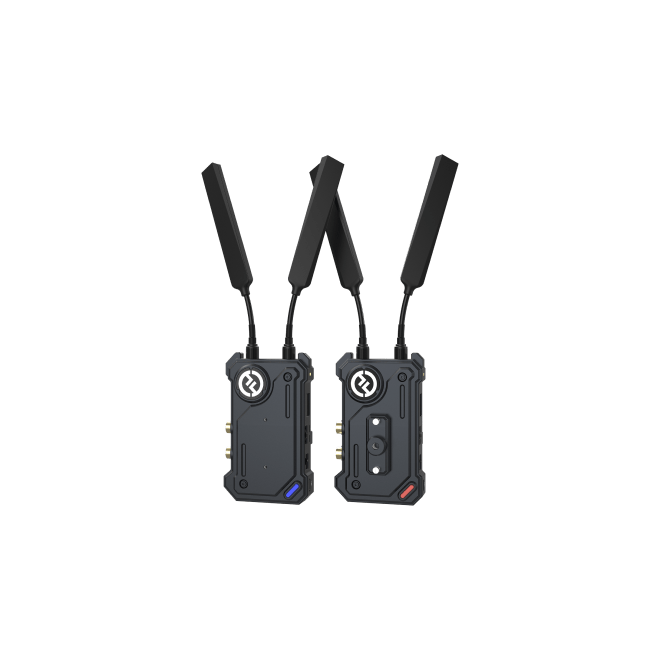
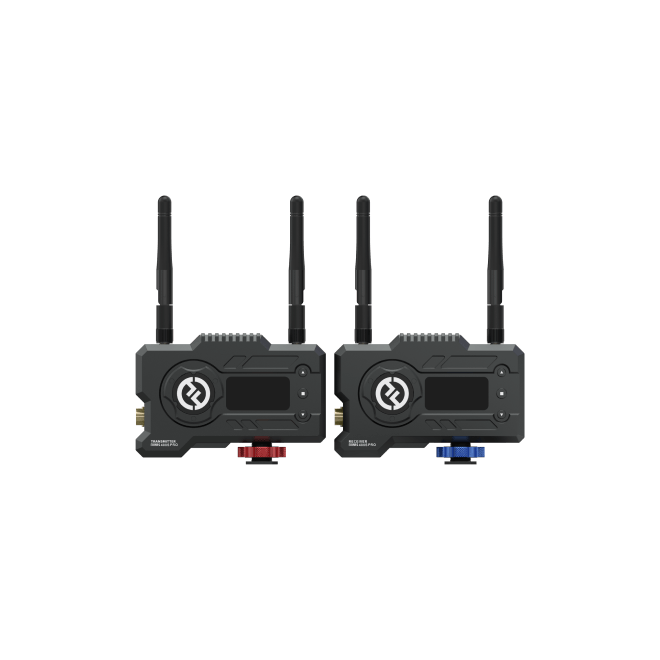
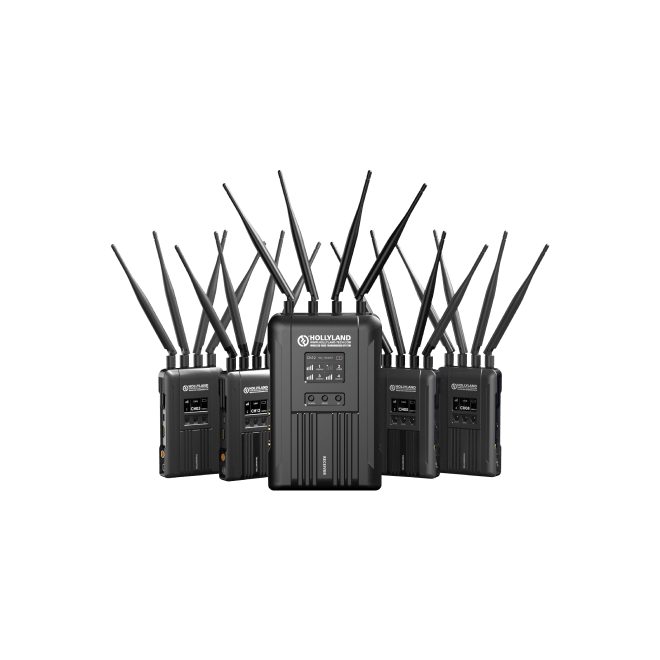
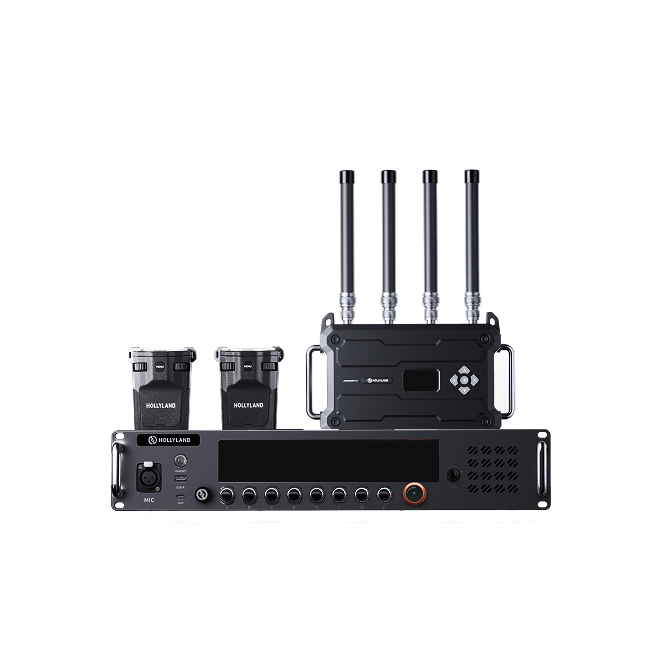

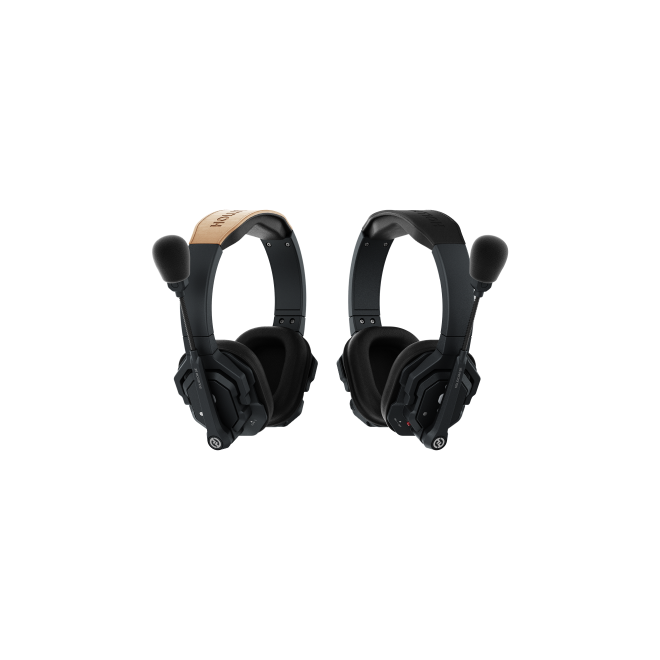

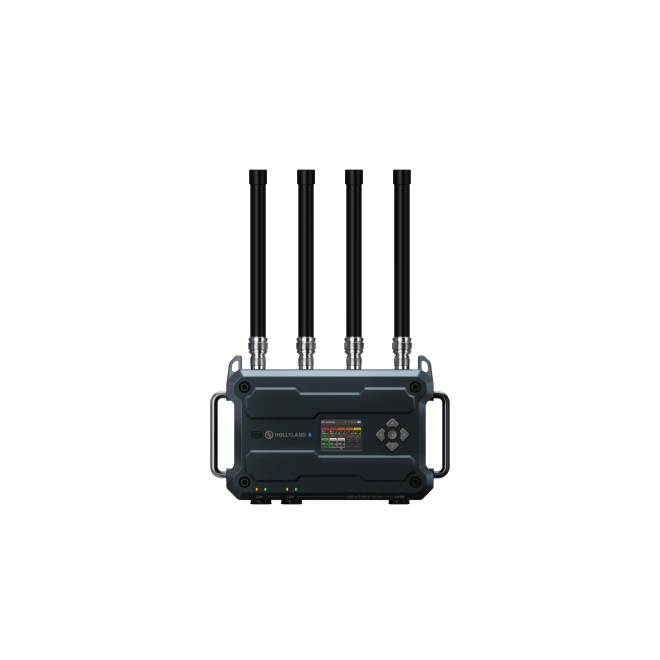
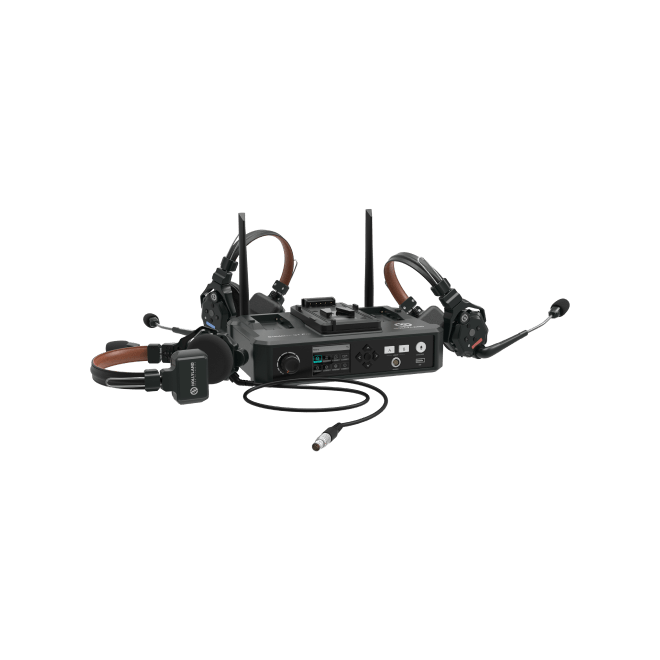
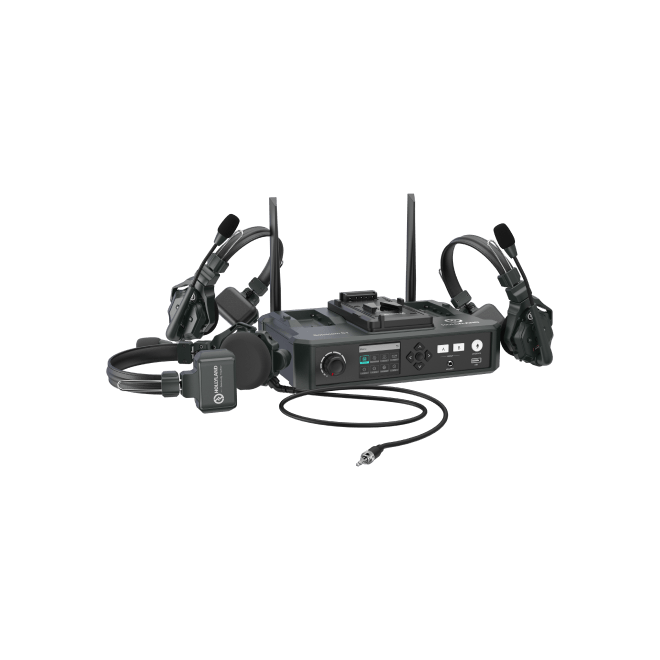
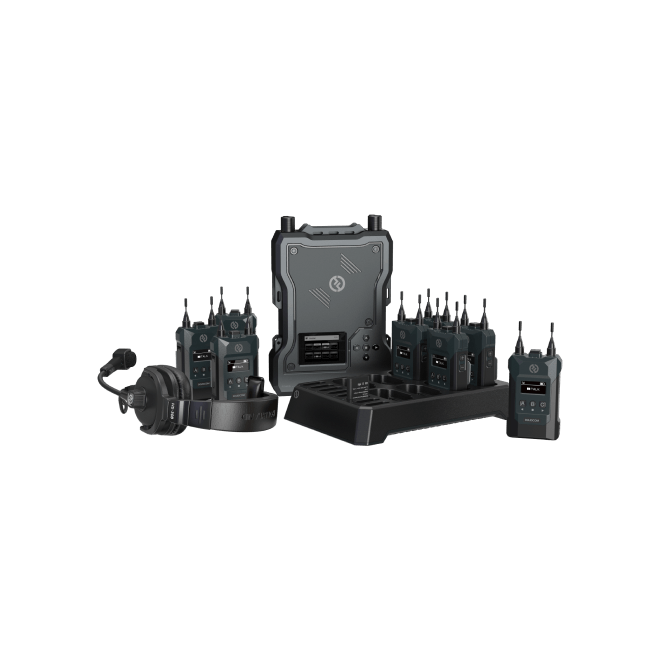
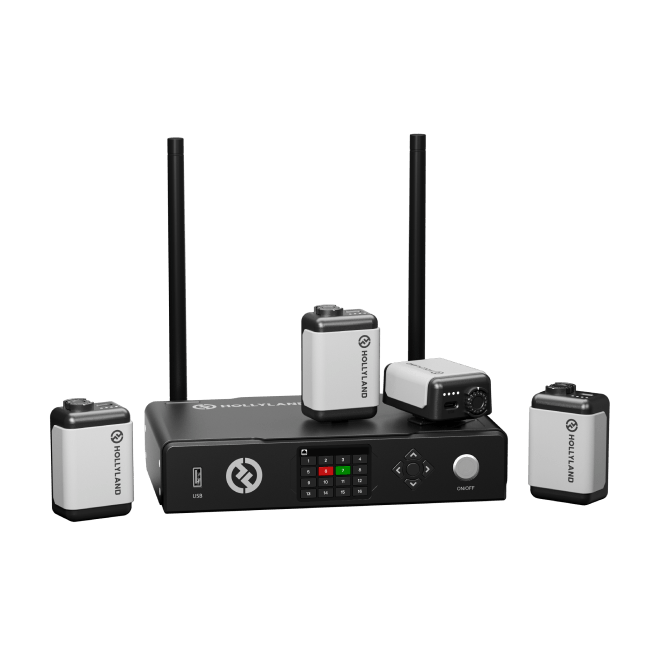
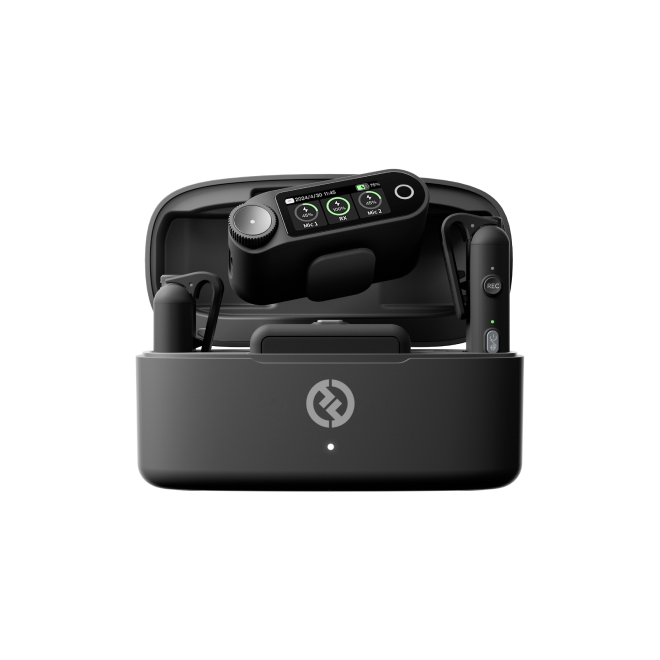
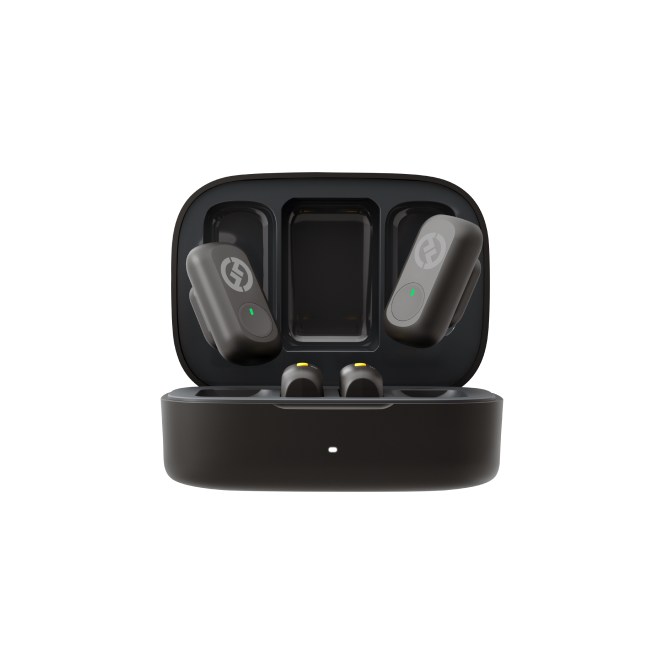

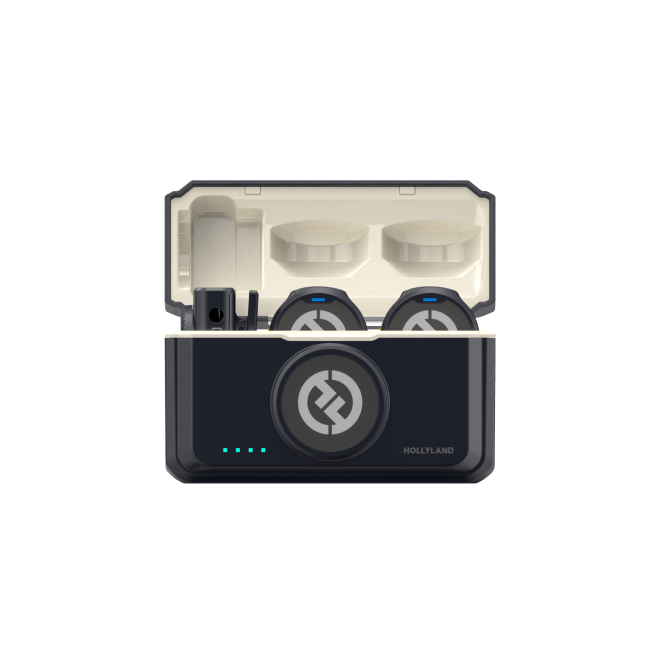
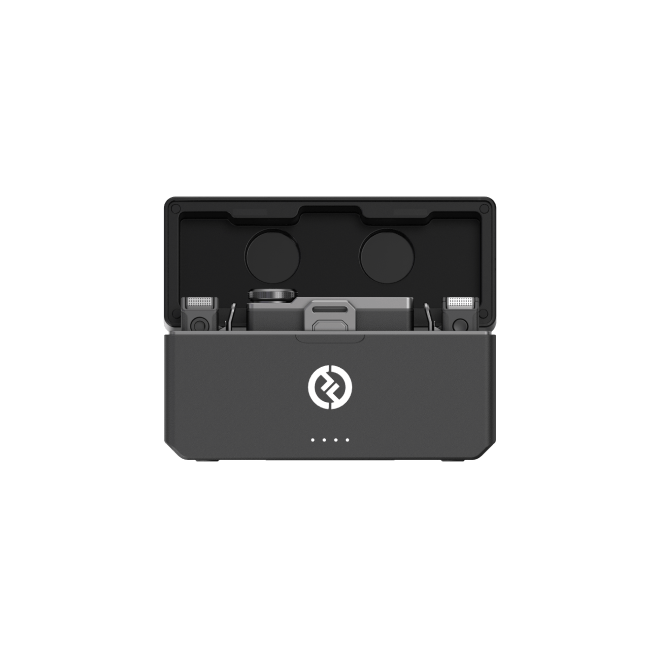
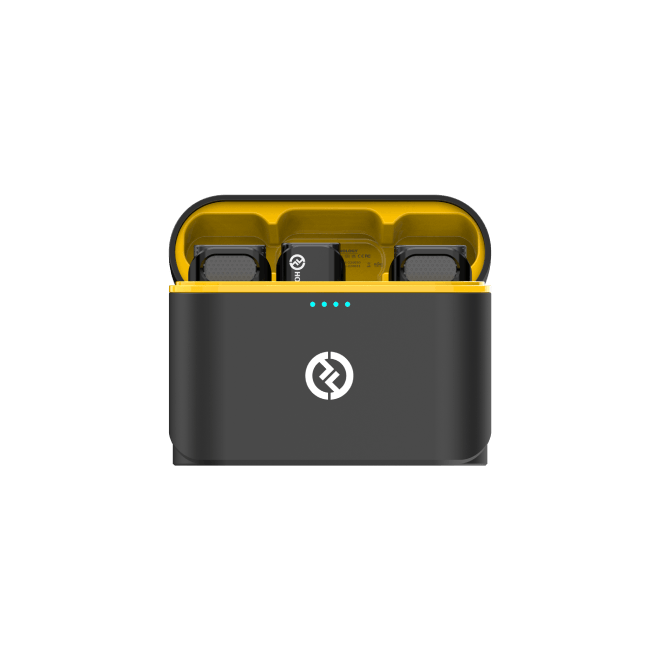
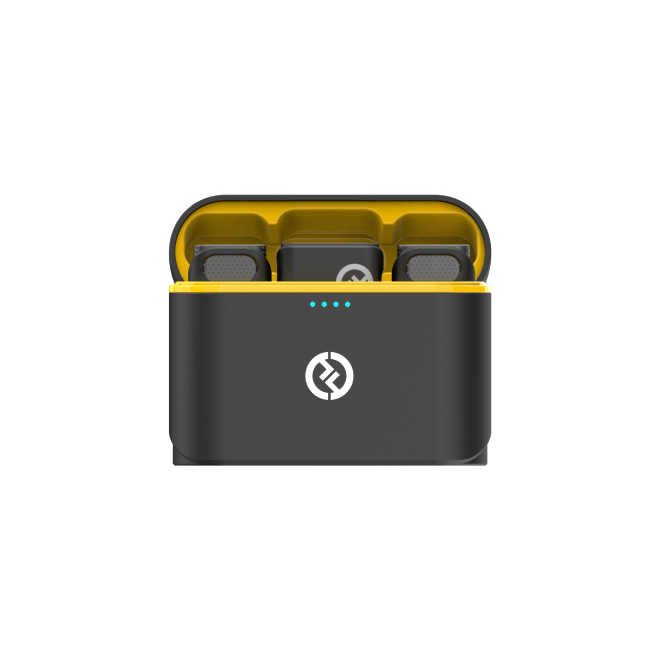
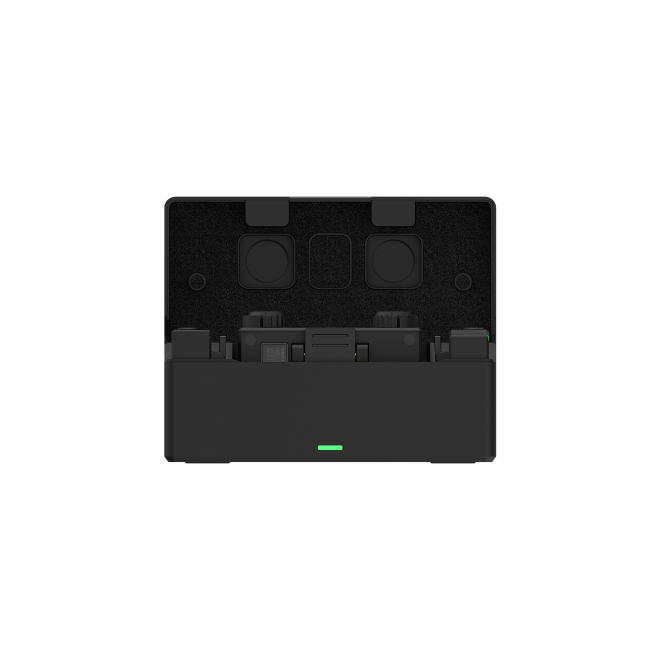
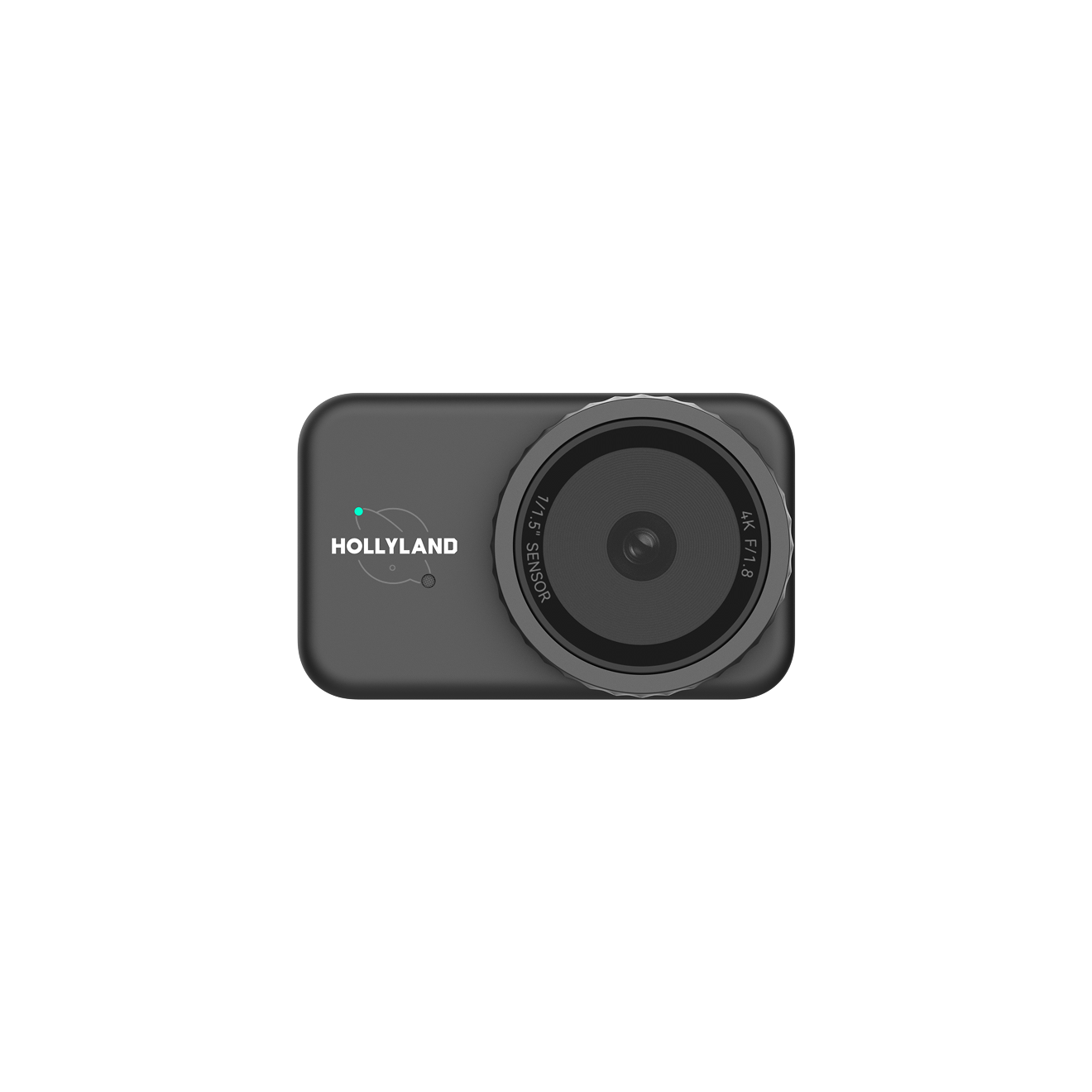

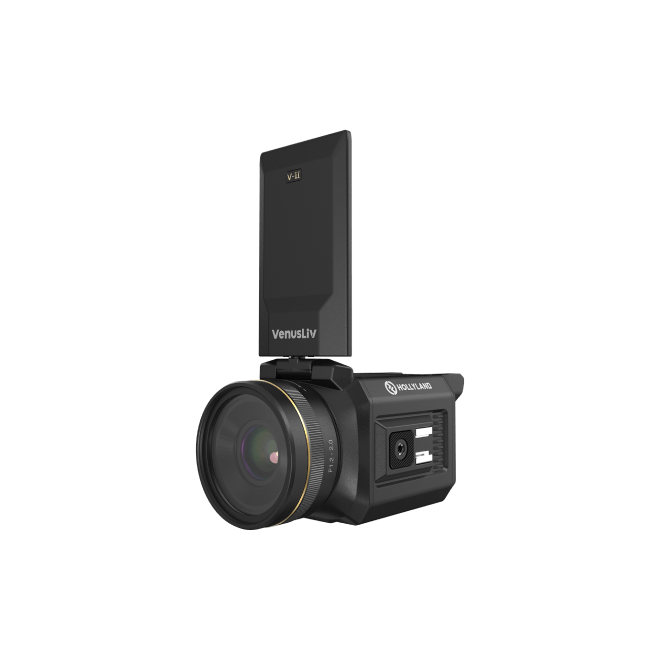
.png)

